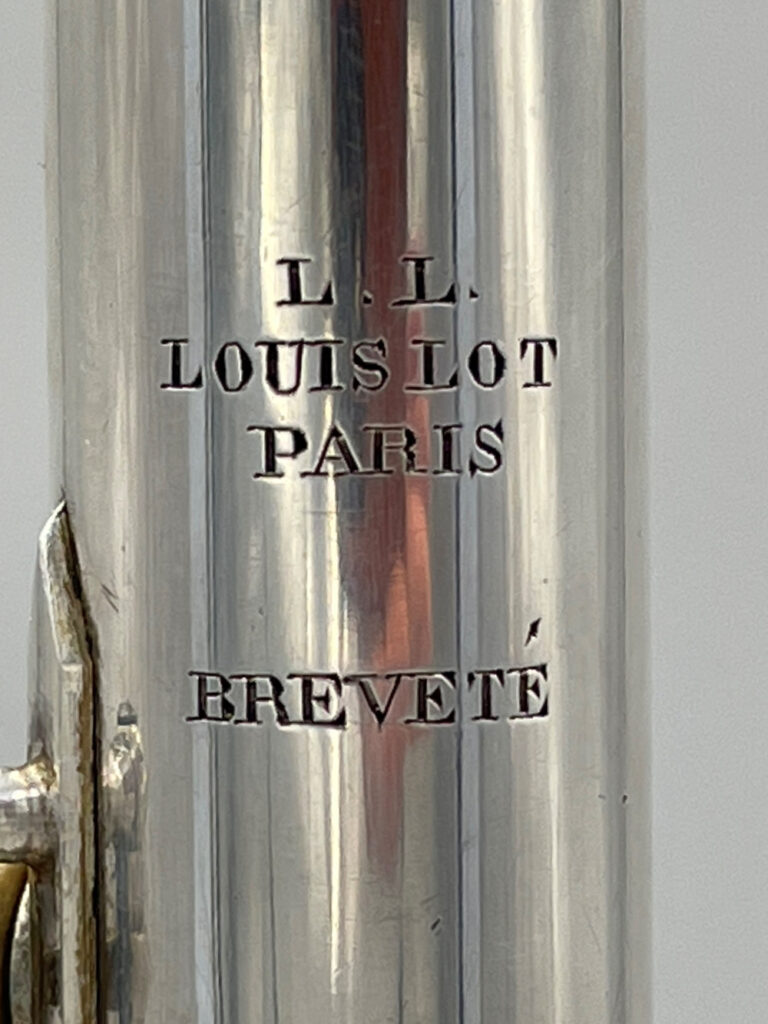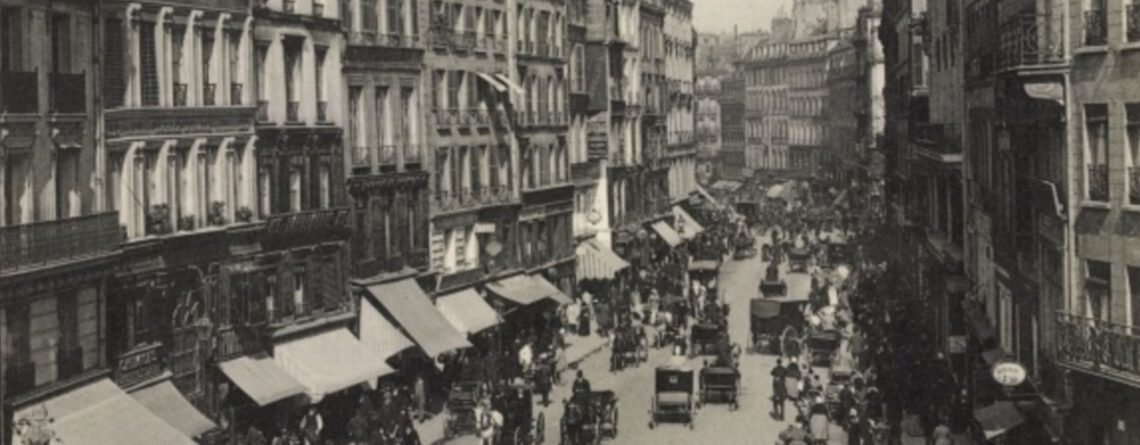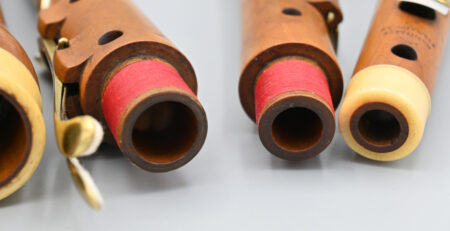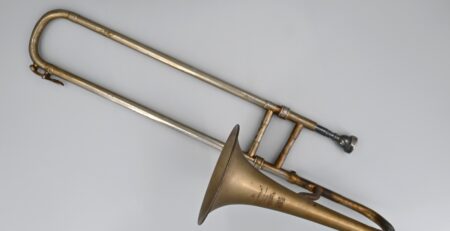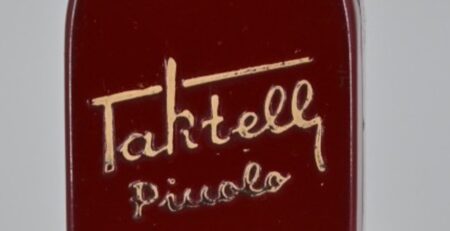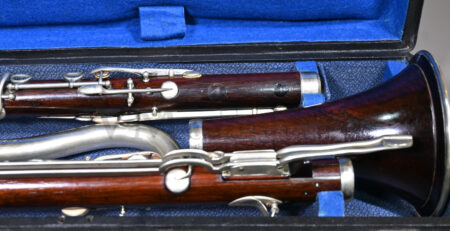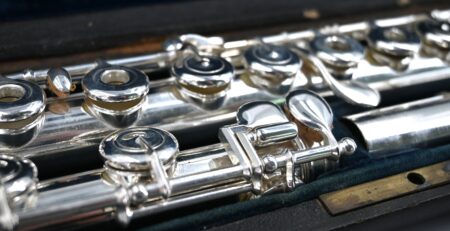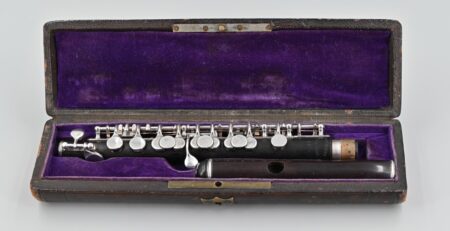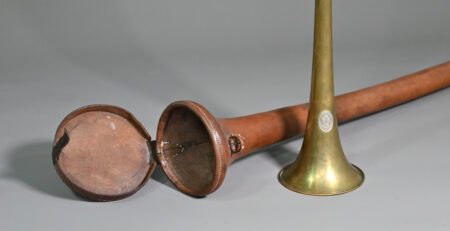Louis Esprit LOT – preeminent French flute maker of the late nineteenth century
Lot’s beginnings
There’s not really a ‘lot’ [sorry ?] that we can add to the literature about Monsieur Louis Esprit LOT (1807-96), who was the preeminent French flute maker of the late nineteenth century.
Louis Esprit Lot was born on 17 May 1807 in La Couture, which is situated in northern France, to the west of Paris. La Couture-Boussey, as it is now called after it was joined with the village of Boussey, was famous for wind instrument manufacturing, which began in the seventeenth century – and still is an active production area today!
It was home to the Hotteterre, Martin, Godfroy, Buffet, Thibouville, Leblanc, and of course, Lot families. Close ties between some families were formed – both business and personal ones with plenty of intermarrying. The excellent book ‘Great Flute Makers of France – The Lot & Godfroy Families 1650-1900’ by Tula Giannini is full of plenty of precise historical details and facts for anyone who wants to delve deeper into the history of these famous and fascinating families.
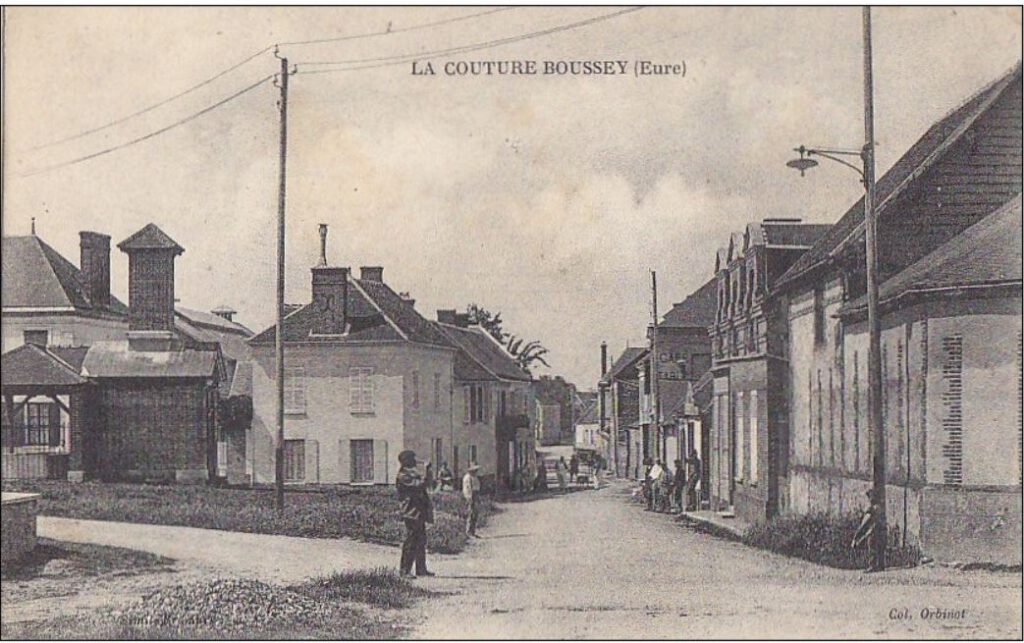
There were six generations of the Lot family between 1665 and Louis’s birth in 1807 – all born in the same village and Louis was the twelfth born of thirteen children. Louis learnt the woodwind making trade with his father and went on to live in Paris, where in 1827, he started working for Clair GODFROY ainé (1774-1841). On 7 September 1833, the company Société Godfroy fils et Lot was formed. Six days later, on 13 September 1833, at the age of 26, Louis married his master’s daughter – Caroline Joséphine Godfroy, aged 22. Perfect timing and a turning point for Louis who became part owner of the company Société Godfroy fils et Lot with Clair Godfroy ainé’s son Vincent Hypolite Godfroy (1807-1868). Lot and his wife Caroline Josephine had a child on 17 September 1835 – Louis Clair Lot. As for Clair Godfroy ainé, in 1836, he retired at the age of 62 to the village of Anet, just a stone’s throw away from La Couture-Boussey.
Godroy-Lot partnership
The new Godfroy-Lot partnership got officially underway in 1836. Within a year, in October 1837, they had officially produced a Boehm flute – the first to make a French flute model based on Theobald BOEHM’s ring key flute. In 1847, Boehm was granted a patent in Bavaria, Germany, for his cylinder flute model and in the same year, he obtained a patent in France. He then sold the exclusive rights to manufacturing the flute to Godroy and Lot. They went on to make this model as sole manufacturers in France, standardising it and also adding some of their own personal details and features over many years. The two finally went their separate ways in 1854. Godfroy bought Lot out and kept the company as sole owner, together with the Godfroy mark and the rights to live at the Godfroy home at 55 rue Montmartre. Lot had moved previously a few numbers down to 36 rue Montmartre. So, Lot started on a new journey. He would be the master of his own workshop, with the new mark ‘L.L. Louis Lot Paris’ and of course a big competitor – Godfroy! [What happened to him is another story!]
Lot’s new business
Louis Lot’s business and home were in the same building at 36 rue Montmartre. He had ample space for the workshop and would live and work there for 20 years. He began making the Lot silver cylinder flute with amazing success. In 1860 it became the official flute of the Paris Conservatoire, with the flow of orders that followed. This was because the new professor of flute, Louis Dorus, took over from Jean-Louis Tulou (an opponent of the Boehm flute). At the 1867 Paris Universal Exhibition, Lot introduced a new model of flute with thicker walls, larger tone holes and embouchure. It also featured a more stable mechanism with a modified G-sharp key. It’s what many call today the ‘French model’ of the transverse flute.
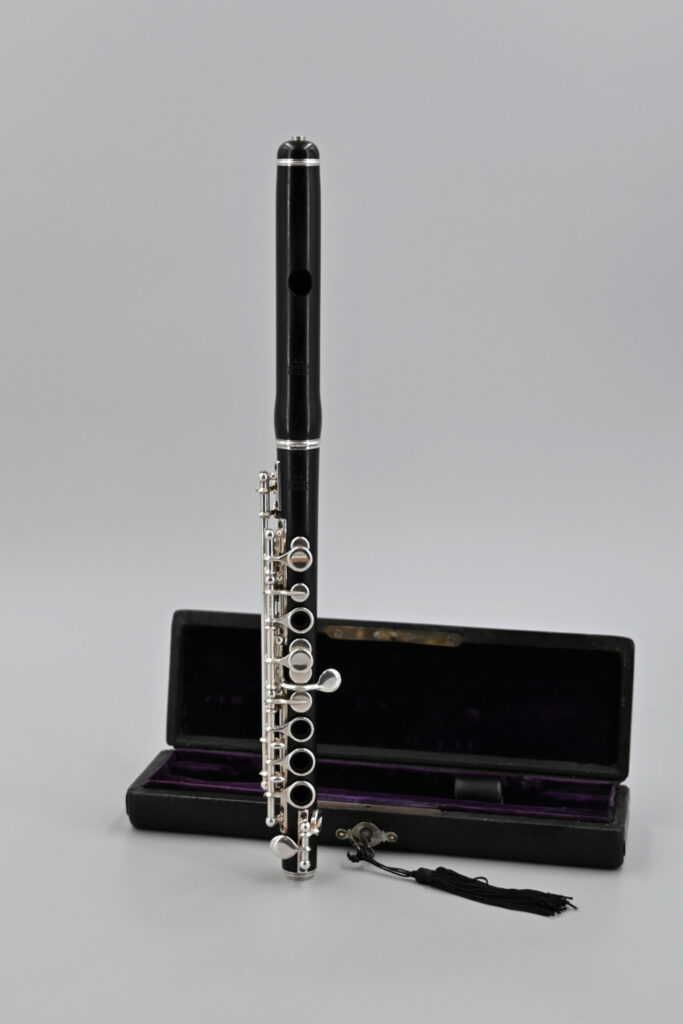
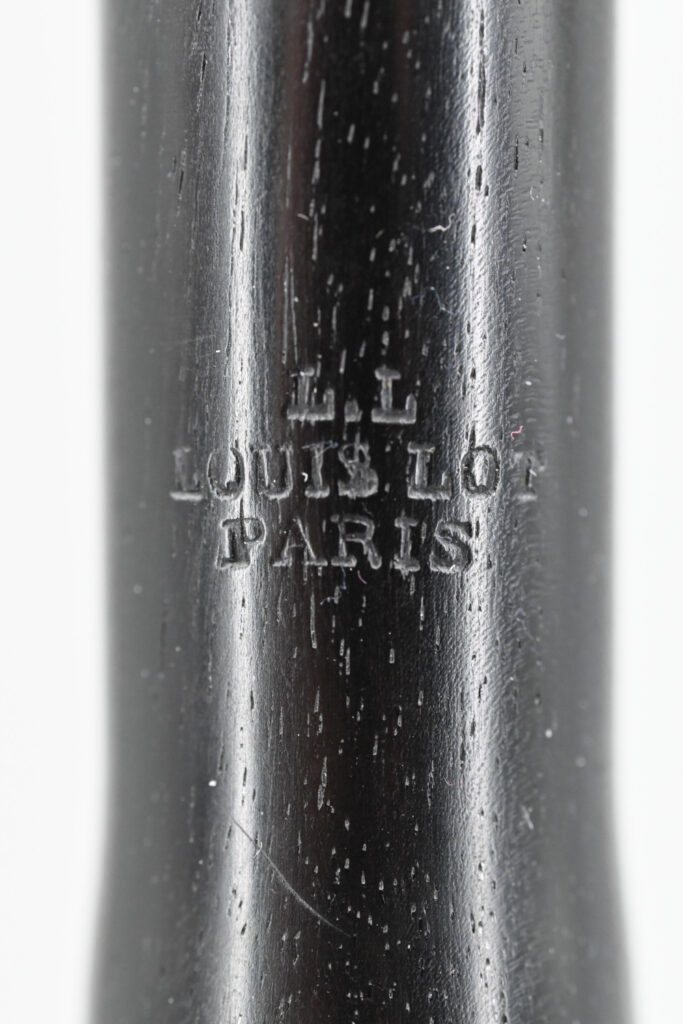
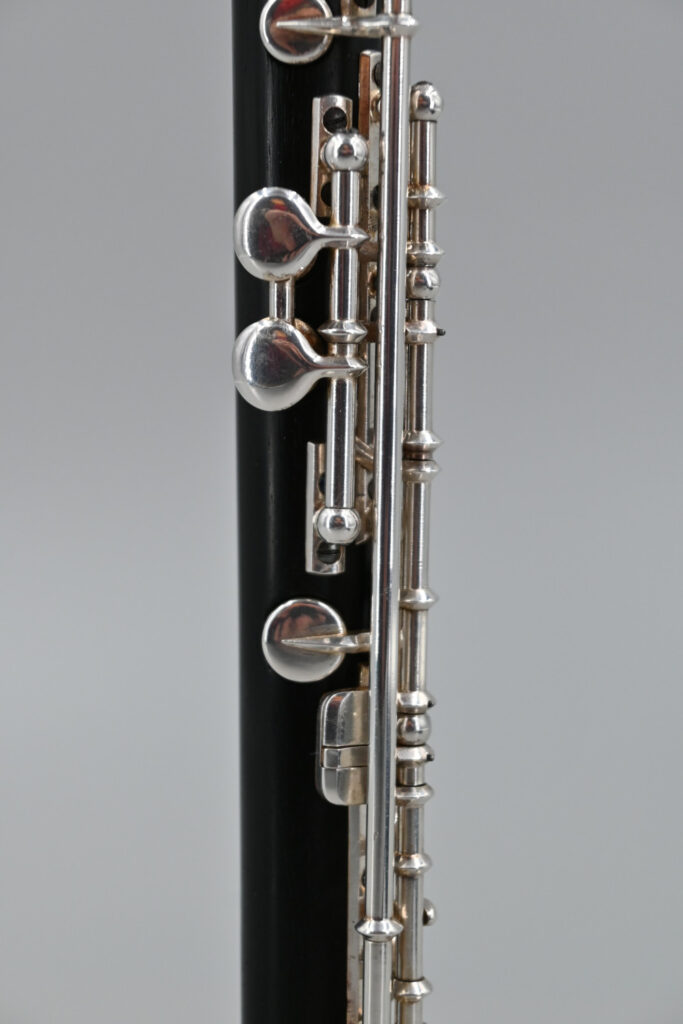
Retirement and last years
It seems that Lot was still quite a healthy man, but bought himself a large house in the village of Chatou, very near to Paris, for his retirement. He and his wife, left their rue Montmartre rented apartment in 1876 for Chatou. Honoré Désiré Villette would be his first successor – taking over the property and the business.
Louis Lot’s son, Louis Clair, who also lived in Chatou, did not work in the instrument making business. He married Marie Caroline DEBRIEUX and was a very successful businessman, forming a very lucrative company with his brother-in-law, selling children’s toys and other items. Louis Lot’s wife, Caroline Joséphine, died in 1884, aged 73 at their home in Chatou. Louis Lot continued on for another twelve years and finally passed away on 12 January 1896. Interestingly enough, on his death, his house was actually bought by the widow of the woodwind maker THIBOUVILLE-MARTIN.

There would be five successors to the Louis Lot company: H.D. Villette, Debonneetbeau de Coutelier, E. Barat, E. Chambille and Mlle. Gabrielle Chambille. Since the flutes had serial numbers, it is possible to date them to when they were made, whether they were made under Louis Lot or a successor, and also even sometimes who actually purchased the flutes too.
The Louis Lot brand was purchased in 1952 by the company SML Strasser-Marigaux – famous manufacturers of oboes but also saxophones, flutes and bassoons.
Lot legacy
From a flutist’s point of view, Louis Lot flutes are very special indeed. Just say ‘Louis LOT’ to flutists and their eyes light up… even a bit dewy sometimes! Lot’s silver flutes are so famous and have a special singing sound, some say, with a ‘golden’ sound. His instruments were admired by so many players of the time and he had many followers – even though sometimes the flutes were somewhat lower in pitch than nowadays. He can be considered as a role model for modern flute makers. There were other competitors at the time, but he was the most successful. Perhaps this was because he concentrated on his project – the metal cylinder flute [no multi-tasking with other projects!]. He focused on perfecting this model, manufacturing it in large quantities with the same perfection every time and exporting his flutes all over the globe.
